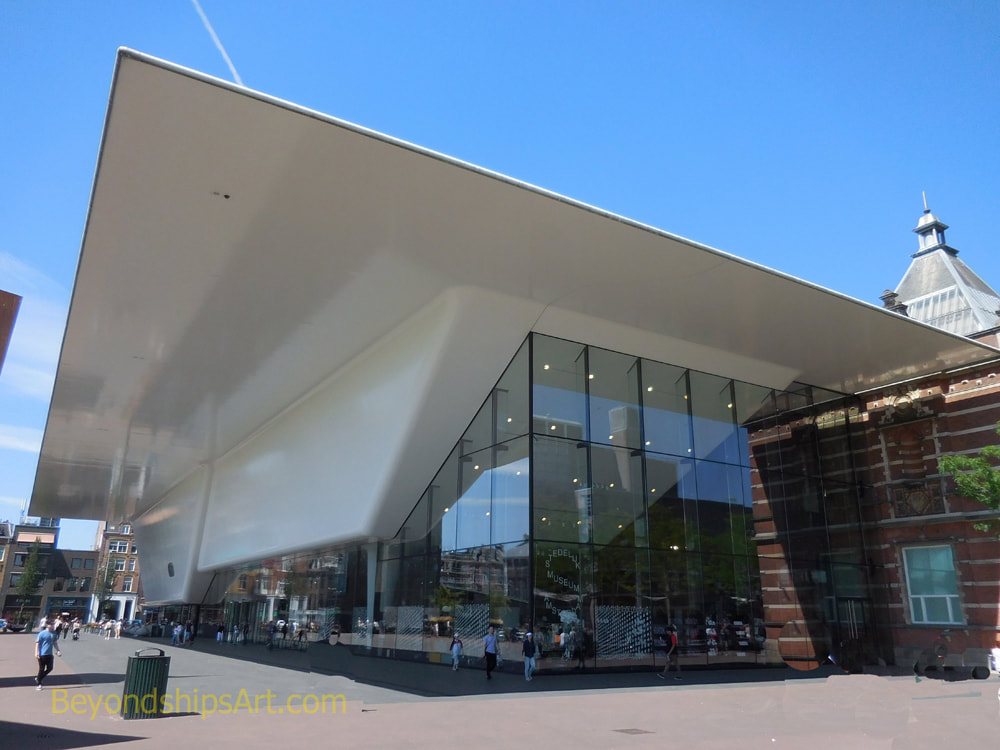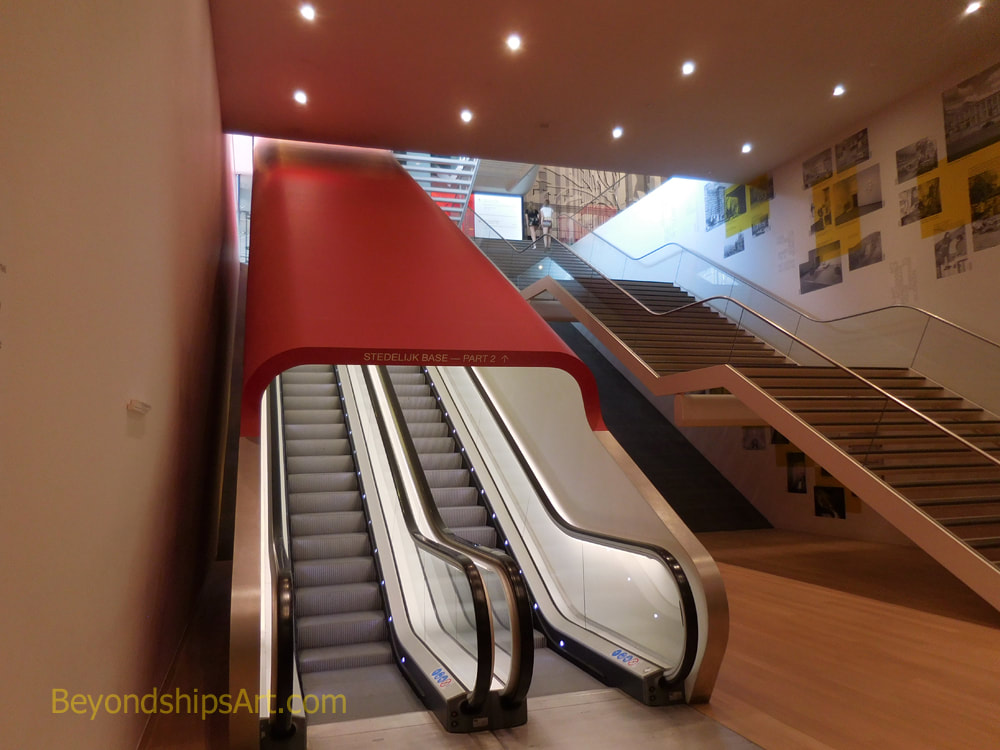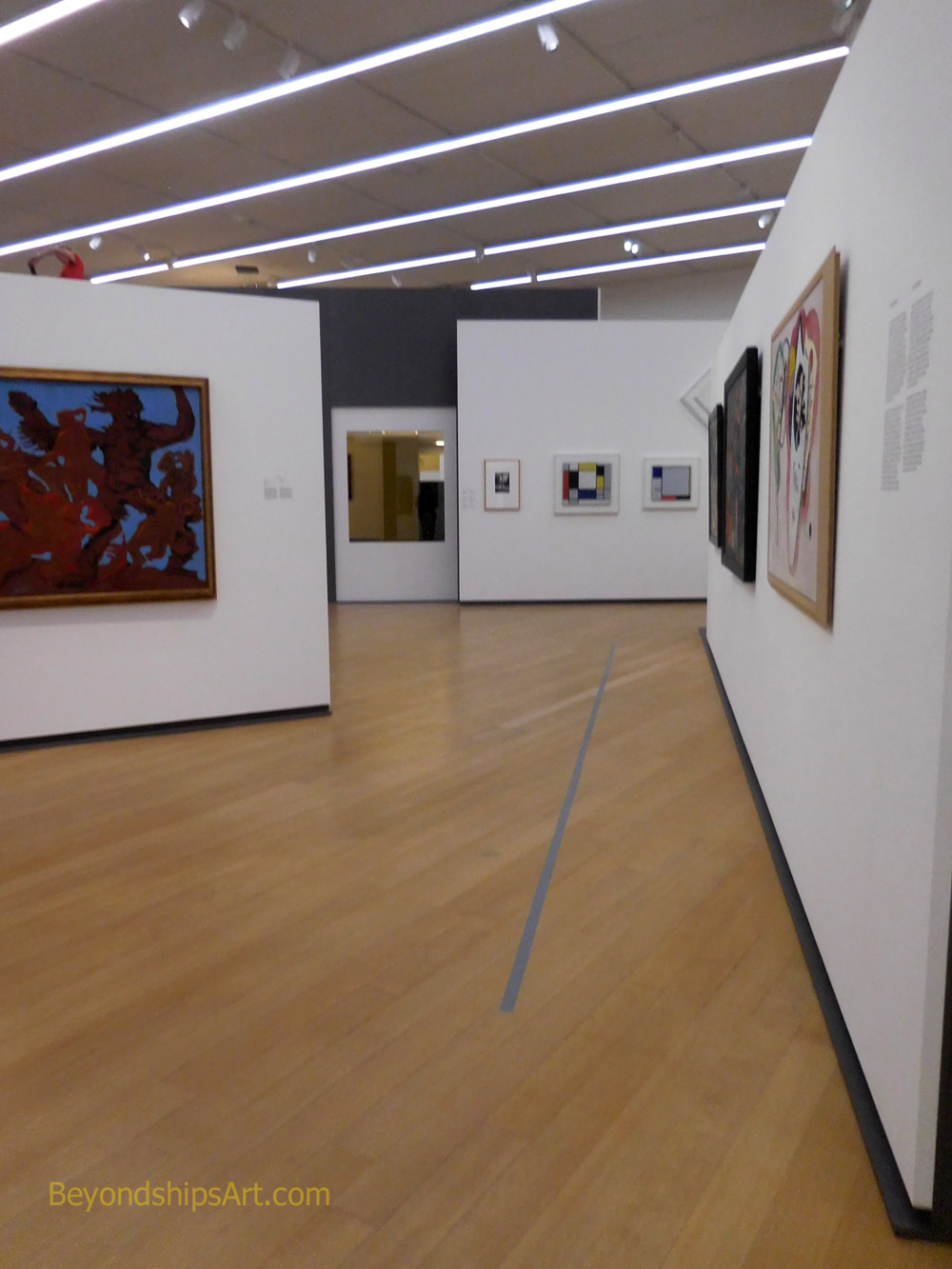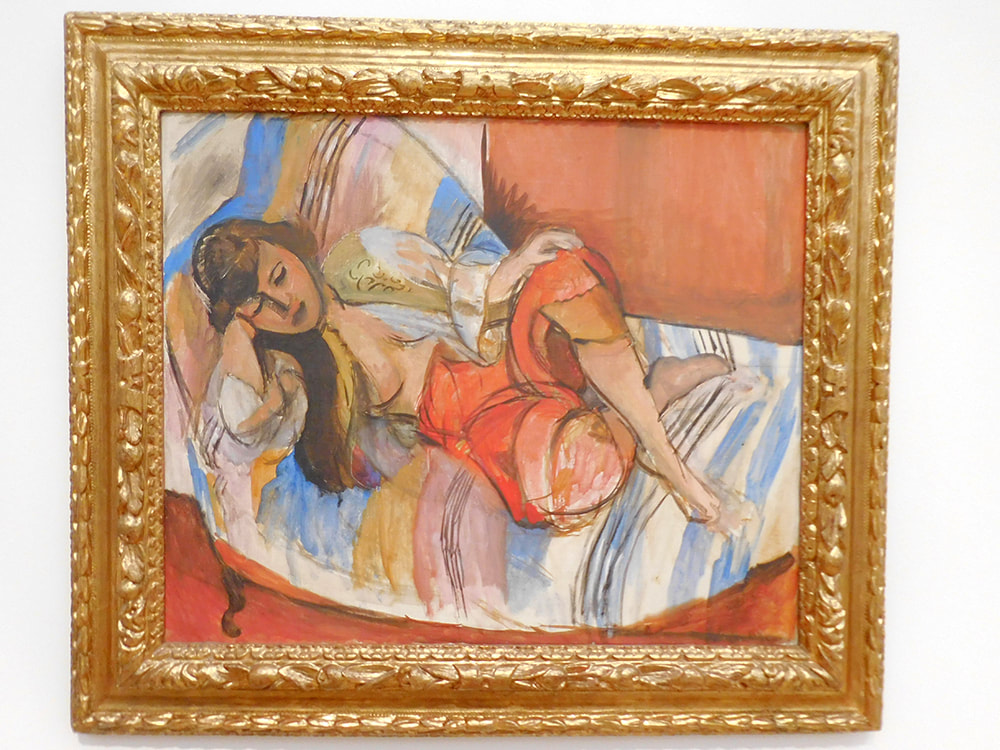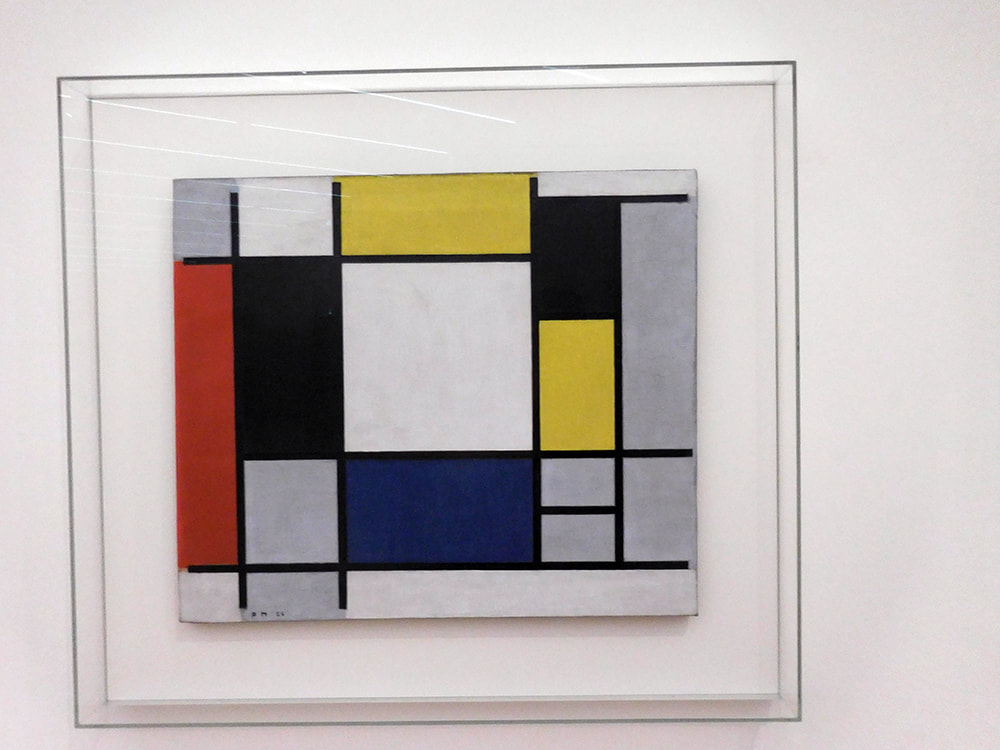|
Amsterdam's Stedelijk Museum is the city's major museum of modern and contemporary art with an impressive list of internationally-known artists represented in its collection. The Stedelijk Museum is the fourth most popular museum in Amsterdam behind the Rijksmuseum, the Van Gogh Museum and the Anne Frank House. It averages more than half a million visitors a year.
The Stedelijk opened in September 1895. It was built primarily to house the art collection of Sophia Adriana de Bryun who had donated her collection to the City of Amsterdam along with the funds to construct a building. The Van Eeghen family also contributed to the construction costs and donated paintings. When it opened the museum covered a number of subjects including Asian art and military history. However, in the early 20th century, the city began to purchase art for its collection focusing on modern and contemporary art and design. During the rest of the century, the museum continued with this focus while at the same time broadening the forms and types of media it collected. In 2006, the city council privatized the Stedelijk into a foundation. Its buildings, however, are leased from the city. There are some 90,000 objects in the Stedelijk's collection. These include paintings, sculpture, drawings, photographs, video art, installations, jewelry and everyday objects. It is an important collection featuring important pieces by artists such as Cezanne, Van Gogh, Picasso, Kandinsky, Pollock, Warhol, Matisse, Lichtenstein and Mondrian. Not all of the objects in the collection are on display. Instead, approximately 700 objects from the permanent collection are displayed in Stedelijk Base. In addition, the museum has temporary exhibitions in what is called Stedelijk Now. The Stedelijk occupies two buildings that are connected together. The original building was designed by Adriaan Willem Weissman in the Dutch Neo-Renaissance style. Although built in the late 19th century its look blends with Amsterdam's 16th century buildings. A new wing was added in the 1950s to accommodate experimental art. However, by 2004, the original building no longer complied with fire regulations and had to be renovated. It reopened in 2010. Meanwhile, a new building was being constructed next to the original building. Designed by Crouwel Architects, its upper floors are solid walls of painted, reinforced syntehtic fiber. They sit atop a ground floor that is mostly glass. Because of its shape, the new building has become known as “The Bathtub.” Visitors enter through the glassed-in ground floor of the new building. Part I of Stedelijk Base is exhibited in a below ground level known as the Lower Level. It covers art and design from the late 19th century to 1980. The museum considers all media equally important and so paintings are displayed along with sculpture and everyday objects. A long escalator in a tube connects the Lower Level to the Top Floor bypassing the Ground Floor. On the Top Floor is an installation by Barbara Kruger and Part 2 of Stedelijk Base, which covers art and design from 1980 onward. The temporary exhibitions are primarily in the original building. The Stedelijk also has a restaurant, a shop and a library. Located in Amsterdam's Museum Square (Museumplein), the Stedelijk is a few steps away from the Van Gogh Museum and a short walk from the Rijksmuseum. For more information on visiting, see the Stedelijk's website. |
Above: The Stedelijk's new building, which opened in 2012.
Below left: An unusually long escalator takes visitors from Part 1 of Stedelijk Base to Part 2. Below right: An exhibition gallery. The Stedelijk's collection includes works by masters such as Henri Matisse (above) and Piet Mondrian (below).
|
|
|
|
Places to see art - - Amsterdam, The Netherlands - - Stedelijk Museum
